Objects Κέντρον Ερεύνης της Ιστορίας του Ελληνικού Δικαίου
<< 10
10 >>
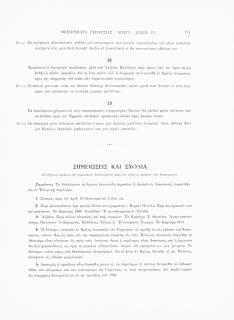
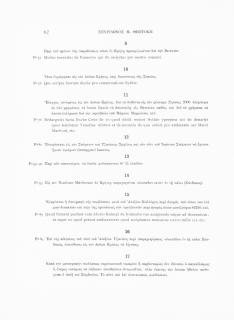
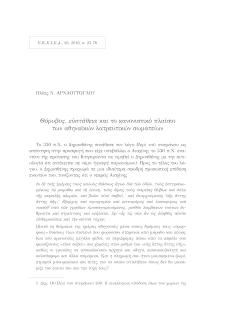
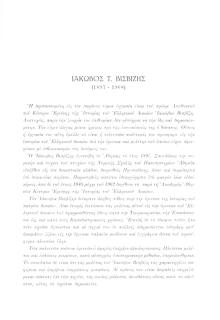
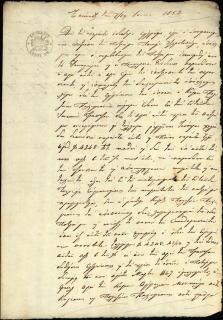
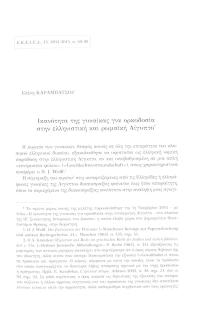
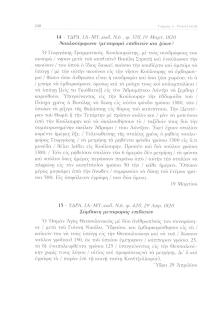

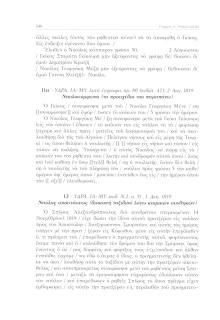
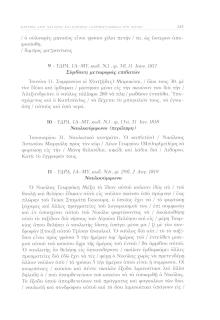

 << 10
10 >>
<< 10
10 >>
Total: 11921

Θεσπίσματα της Βενετικής Γερουσίας 1281-1385
Ενότητα: Νομικές Πηγές της Μεταβυζαντινής Περιόδου και του Νεοτέρου Ελληνισμού
2, Τεύχος 1
Θεσπίσματα της Βενετικής Γερουσίας 1281-1385
Ενότητα: Νομικές Πηγές της Μεταβυζαντινής Περιόδου και του Νεοτέρου Ελληνισμού
2, Τεύχος 1
Θόρυβος, εὐστάθεια και το κανονιστικό πλαίσιο των αθηναϊκών λατρευτικών σωματείων
Ενότητα: Μελέτες Ιστορίας Δικαίου
I. Ν. Arnaoutoglou: Thorybos, eustatheia and the normative framework of Athenian cult associations The normative framework of Athenian cult associations has been studied mainly from an institutional aspect. In this article I suggest to approach it through the lenses of two distinct (or even opposing) notions, tumult (thorybos) and stability (eustatheia). Following a brief presentation of the current debate on thorybos in the ancient Athenian socio-political context, I analyze the normative framework produced by the associations themselves (appended at the end with a rendering in modern Greek). Questions of organization and cult are prominent in Hellenistic regulations, while in Roman era associations intervene to catalogue its membership and penalize their improper behaviour during meetings. Athenian cult associations punish the non-payment of contributions, the non-implementation of their decisions, the non-compliance of their magistrates and members to their respective duties. Associations usually impose a pecuniary fine, most often...
Ι. Τ. Βισβίζη (1897-1968)
Ενότητα: Μελέτες Ιστορίας Δικαίου
12
Ιδιαίτερο έγγραφο, σύμφωνα με το οποίο ο Αριστοτέλης [Τζερετόπουλος] ως επίτροπος του πατέρα του Παναγ. Τζερετόπουλου, υπόσχεται να δώσει στον Πολυζώη Παχυγιάννη την εγγύηση που ο τελευταίος έδωσε στην Ιονική Τράπεζα για το χρέος του Π. Τζερετόπουλου προς αυτόν (Π. Παχυγιάννη).
Ενότητα: Συλλογή Χ. Παπαστάθη
Πιστοποιητικό ή βεβαίωση.
Ικανότητα της γυναίκας για ορκοδοσία στην ελληνιστική και ρωμαϊκή Αίγυπτο
Ενότητα: Μελέτες Ιστορίας Δικαίου
E. KARABATSOU: Capacity of Women to Take an Oath in Hellenistic and Roman Egypt Women in Ptolemaic Egypt were capable of taking a religious oath (presumably of Egyptian origin) in order to deny or confirm the existence of a loan [P.Ent. 45 (222 B.C.); O.Bodl. I 273 (150/139 B.C.)]. They were also capable of confirming the undertaking of a contractual obligation by giving the royal oath, the latter consisting of a written statement (“cheirografia”) of oath in the name of the king and the royal family as well as their ancestors, which gradually became the prevalent type of oath in Hellenistic Egypt [P.Ent. 26 (221 B.C.); P.Mert. II 59 (154/143 B.C.). The presence of the woman’s guardian (“kyrios") is attested only in P.Mert. II 59 (154/143 B.C.). copy of a decision of the court of chrêmatistai validating a synchôrêsis, i.e. an out of court compromise between the litigant spouses. This compromise had been attained by the mutual exchange of homologia documents confirmed by royal oath. We can only suppose the presence of the woman’s guardian (...
Καράβια «εις ναύλον» και καράβια «σερμαγελίδικα» στο Αιγαίο (μέσα 17ου - πρώτο τέταρτο 19ου αιώνα)
Ενότητα: Νομικές Πηγές της Μεταβυζαντινής Περιόδου και του Νεοτέρου Ελληνισμού
41
Καράβια «εις ναύλον» και καράβια «σερμαγελίδικα» στο Αιγαίο (μέσα 17ου - πρώτο τέταρτο 19ου αιώνα)
Ενότητα: Νομικές Πηγές της Μεταβυζαντινής Περιόδου και του Νεοτέρου Ελληνισμού
41
Καράβια «εις ναύλον» και καράβια «σερμαγελίδικα» στο Αιγαίο (μέσα 17ου - πρώτο τέταρτο 19ου αιώνα)
Ενότητα: Νομικές Πηγές της Μεταβυζαντινής Περιόδου και του Νεοτέρου Ελληνισμού
41
Καράβια «εις ναύλον» και καράβια «σερμαγελίδικα» στο Αιγαίο (μέσα 17ου - πρώτο τέταρτο 19ου αιώνα)
Ενότητα: Νομικές Πηγές της Μεταβυζαντινής Περιόδου και του Νεοτέρου Ελληνισμού
41
Καράβια «εις ναύλον» και καράβια «σερμαγελίδικα» στο Αιγαίο (μέσα 17ου - πρώτο τέταρτο 19ου αιώνα)
Ενότητα: Νομικές Πηγές της Μεταβυζαντινής Περιόδου και του Νεοτέρου Ελληνισμού
41

